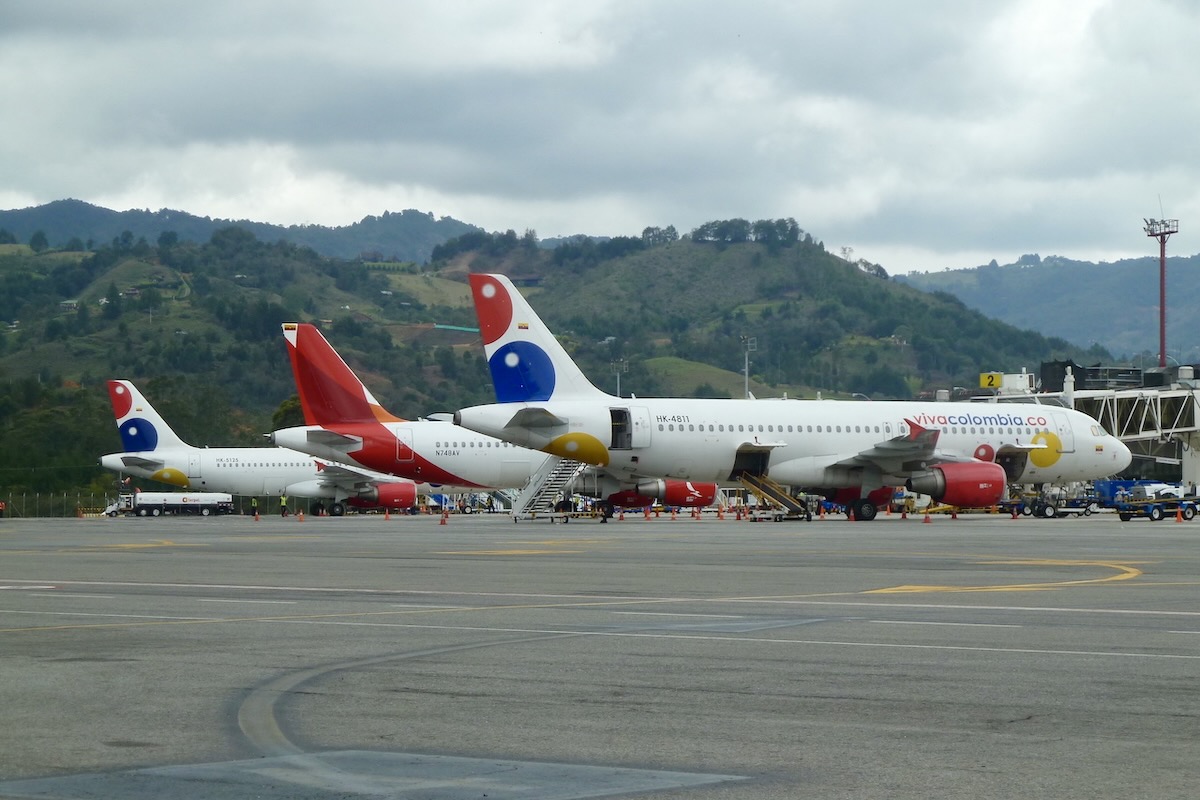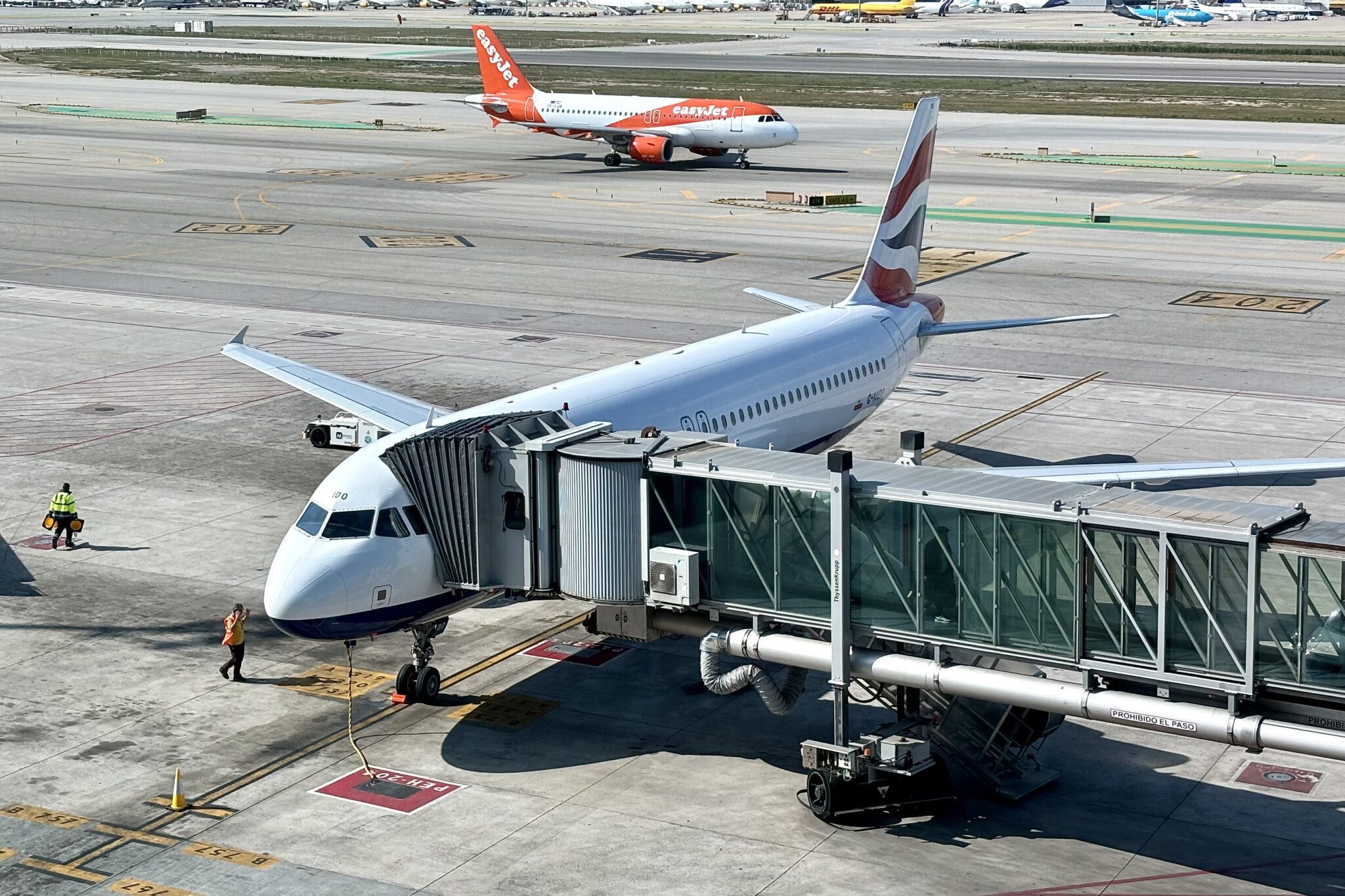Newly restructured Avianca has a robust vision for growth for the next few years. The airline aims to launch 50 new routes by 2023, grow its passenger fleet by a quarter, and compete vigorously with rapidly expanding Latin American low-cost carriers.
But that vision requires Avianca to compete more effectively. To that, end the Bogotá-based carrier slashed expenses through its U.S. Chapter 11 restructuring and is adding roughly 17-20 percent more seats to its Airbus A320 family jets — A320s go to 176 seats from 150 — to achieve the magic revenue and cost mix that drives higher profits and margins.
Avianca CEO Adrian Neuhauser said Thursday that unit costs per kilometer excluding fuel will be, at 3.4 cents, 38 percent lower in 2023 than they were in 2019. To put that in perspective, that’s better than both Azul and Gol in the third quarter, which reported unit costs excluding fuel of 3.5 cents and 4.6 cents, respectively. But the question is how that compares to the new crop of LCCs that, according to Neuhauser, are expected to dominate Latin American aviation by the middle of the decade.
JetSmart, Viva Aerobus, Viva Air Colombia, and Volaris are all expanding in Avianca’s territory. Viva Air competes directly with Avianca in the Colombian domestic market, though during the pandemic it pivoted to more of a hub-and-spoke network centered on Medellin, which is a destination that has long been secondary to Bogotá for the legacy carrier. And JetSmart, Viva Aerobus, and Volaris are all — for now — encroaching by expanding their presence on regional routes into Colombia.
The question facing Avianca is whether its new cost structure, plus the revenue benefits of its fleet densification, are enough to compete with LCCs. Some industry analysts have said that, even with its Chapter 11 cuts, Avianca still has more full-time equivalent employees per aircraft than budget carriers. Volaris, the only publicly listed Latin American LCC, reported unit costs per mile excluding fuel of 4.09 cents — while not directly comparable to Avianca’s number, the metric would be lower if stated in kilometers — in the third quarter. The Mexican discounter’s numbers include its subsidiaries in Costa Rica and El Salvador.
“In an industry where margins are as thin as they are, and your production unit is the flight … the more people you can put on it, the cheaper your unit costs are,” Neuhauser told Airline Weekly in October. His comments shed some light on his thinking on competition: By adding seats to planes on top of the cost cuts achieved through bankruptcy, Avianca has a strong competitive proposition.
And there is precedent for what Avianca hopes to accomplish. In the U.S., the Big 3 — American Airlines, Delta Air Lines, and United Airlines — all lowered costs enough through separate bankruptcies to be competitive with LCCs and discount giant Southwest Airlines. However, the U.S. carriers had the added benefit of consolidation to improve their competitive positions, and they did not operate as a web of wholly owned country-specific local carriers united under one brand as Avianca does.
Avianca aims to debut its first reconfigured A320 in May, and complete the reconfiguration of nearly 100 aircraft by the end of 2022 — a short timeline by most measures. The airline also plans to take delivery of roughly 20 new A320neo family jets next year. In addition, Avianca will remove its remaining seven passenger Airbus A330s, and focus on an all-Boeing 787 widebody fleet; it flies 14 787s and has firm orders for another two aircraft.
Another key to Avianca’s post-bankruptcy strategy is differentiating itself from budget competitors. This includes offering more spacious premium-style seating on its refit narrowbodies, strengthening its LifeMiles loyalty program, offering travelers connections across the Star Alliance network, and — finally — completing its long-planned joint venture with Copa Airlines and United Airlines. On the latter point, Neuhauser reiterated Thursday that Avianca continues to work on the proposed three-way “metal neutral” partnership that would cover flights between Latin America and the U.S.
United will hold an at least 16.4 percent equity stake in the post-bankruptcy Avianca, according to court documents. The Chicago-based carrier had yet to convert its loans to equity on December 3, Bloomberg reported. Avianca exited Chapter 11 on December 1.
In December, Avianca will fly roughly 65 percent of its December 2019 capacity, according to Cirium schedules. This includes launching several new routes, including many point-to-point flights — something Neuhauser said Thursday will feature prominently in the airline’s growth over the next two years — from places like Cali to Mexico City, or Medellin to Quito. These new routes are designed to give travelers more convenient options to connecting over hubs in Bogotá and San Salvador, as well as increase aircraft utilization to further boost revenues.





